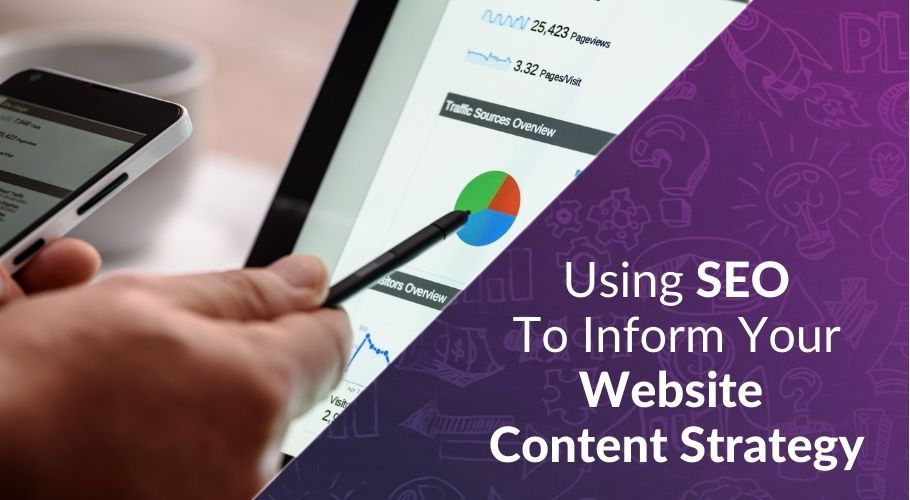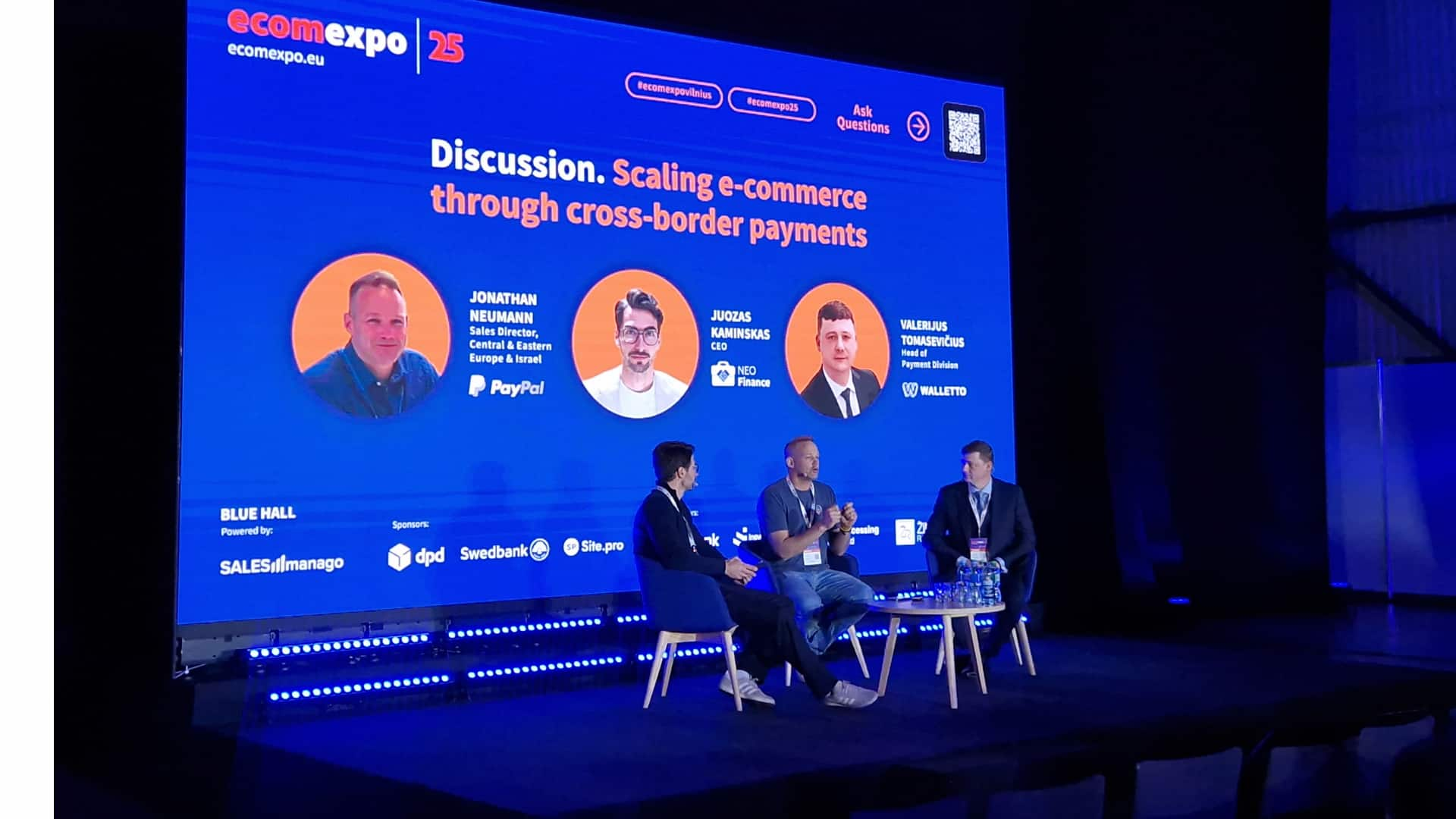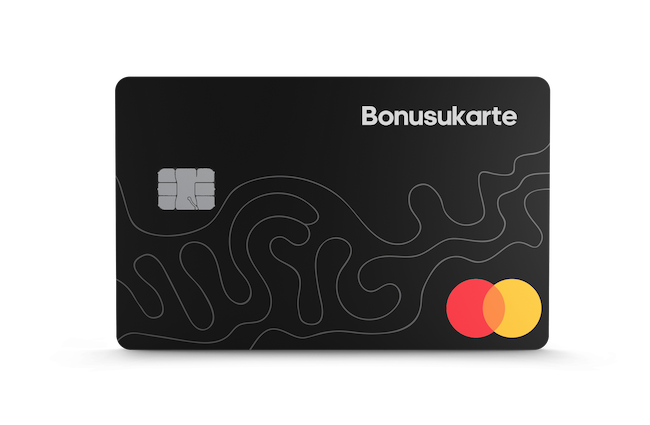
Designing a website that drives conversions by giving potential customers what they want can be a long, difficult process.
Among other things, it’s got to look great, the user interface has to be just right, and you have to find ways to say everything that needs to be said with as few words as possible.
Believe it or not, even after two decades of designing websites, creating something that checks all those boxes still feels like no small feat.
It requires patience, dedication, and a suite of specialized skills that’s nearly impossible for one person to master.
So, I want to share some of what I’ve learned over the last 20 years.
In this article, I’m going to explain how you can design the most effective website content strategy and ensure your website is on the right path, instead of on the road to nowhere.
How to Create the Best Website Content Strategy
1) Do a Brand Analysis
Just like a house, a great website content strategy requires a proper foundation.
So, the first thing you need to do is an analysis of your brand. This is the foundation upon which every part of your website is going to rest.
A comprehensive brand analysis will be made up of many different aspects, including an assessment of your target audience(s), your unique selling points, and the pain points of potential customers.
Here are some questions you should ask yourself when conducting the analysis of your brand:
– Who are my main competitors?
– What are the characteristics of my ideal customers?
– How can I establish an emotional connection with this audience?
– Which words can I use to establish that emotional connection?
– What types of images can I use to evoke an emotional response?
– Why should someone do business with me instead of my competition?
– What specific problems can I solve, or needs can I fulfill for my ideal customers?
– What are some of the struggles, obstacles, or problems potential customers are facing?
You should go into as much detail as you can when answering these questions – the more information, the better.
Then, once you’ve conducted this analysis, you’ve got everything you need to start creating your content.
2) Be Specific
One of the most frustrating things for business owners is trying to figure out how to convey the right message in a way that’s succinct and straightforward.
When we write or design something, it always seems to make sense to us, but no matter how captivating or concise we may think it is, what really matters is the perception of potential customers.
This is why an initial brand analysis is so important. It’s a way to get inside the heads of your ideal customers and try to understand things from their perspective.
For example, recently, my team and I have been working on a website for a payment processing company.
One of the things we want to draw attention to on their home page is what sets them apart from the competition.
But in our rush to push these points, the fact that this is a website about payment processing ended up getting buried, and we had to go back to the drawing board.
So, make sure to be as specific as you can, and don’t ever assume your audience will understand what you’re trying to convey just because it makes sense to you.
First and foremost, you need to consider things from the perspective of potential customers.
READ: Using SEO To Inform Your Website Content Strategy

There are countless things to consider when designing an effective website content strategy, so if you want to know more, this blog should provide some additional insight.
This article will give you several things to consider when it comes to your website content, especially as it relates to search engine optimization concepts, including header tags, local search, and more.
Read more here
3) Be Concise
At this point, you’re probably wondering, “Why is it so important to be concise?”
Well, I’m sure many of you are aware of Microsoft’s notorious study on the human attention span, but for those of you who aren’t familiar with it, let me explain.
Back in 2015, Microsoft Canada conducted a study that attempted to analyze people’s attention spans through a combination of a series of games, a survey, and neurological research conducted using electroencephalography to monitor brain activity.
The study had several key takeaways, but what ended up getting all the attention (and Microsoft ended up getting all the credit for) was actually data from a research institute called Statistic Brain that Microsoft referenced in the study.
According to that data, the average human attention span is about eight seconds, which is, at least according to Statistic Brain, lower than the average attention span of a goldfish.
In other words, you’ve got about eight seconds to capture a potential customer’s attention before they click away from your website.
With that said, when you’re creating the copy for your website, you should try to restrict your writing to one-sentence paragraphs wherever possible.
As sad as it is to say, people just don’t like to read, and when they see a huge block of text, their eyes are going to glaze over, they’re not going to read it, and you’ve already lost them.
So, when you’re writing your website content, make sure to be as concise as you can, and in general, try to use as few words as possible.
4) Focus on Your Customers
A favorite faux pas of many a business owner is to make everything about them and their brand.
I’ve seen countless websites that read like this. They talk about how much the brand is dedicated to their mission, how much they love their customers, and how great their products and/or services are, but they fail to put any focus on their customers.
As Donald Miller said in Building a StoryBrand, “The customer is the hero, not your brand.”

Our client Yvonne of Douma Leadership immediately addresses her target audience with a promise of helping them with their business outcomes.
At the end of the day, what customers want in a website is something that puts the focus on them and tells them what you can do for them – what problems you can solve, what needs and desires you can fulfill.
For most people, everything else is pretty much irrelevant.
So, when you’re designing your website content strategy, try putting potential customers in the spotlight, and position yourself as the guide that’s going to help them on that long, arduous journey towards fulfilling their needs and desires, or solving their problems.
5) Conduct Keyword Research
When you’re trying to target your ideal customers, nothing is more important than keywords.
You can analyze your brand till the cows come home, be as succinct and specific as possible, and put the spotlight on potential customers all you want, but if the right people aren’t finding your website, all those efforts will be in vain.
Luckily, once you’ve done your brand analysis, a lot of the work is already complete, as you’ve already defined your target audience(s).
But now that you know which audiences to target, you’ve got to figure out what they’re searching for, so you know what keyword phrases to use.
There are many tools you can use to conduct this keyword research, and whichever one you choose, the principles remain the same.
First, you choose your target audience(s), then you find out what they’re searching for. Next, you have to consider how that relates to your business and think about how you can inject those keyword phrases into your website content.
But don’t be too broad.
For example, if you’re a Vancouver-based plumber, and your target audience is made up of people who are looking for a plumber in the Vancouver area, it doesn’t make sense to target the term “plumber”, as this is way too general.
Instead, what would make more sense is to target a much more specific phrase, like “plumber in Vancouver” or “Vancouver plumbing service”.
In any case, no matter what keywords you’re trying to target, make sure to use them sparingly and inject them into your content in a way that is grammatically correct and sounds natural.
Does this seem like too much work for you to handle? Designing an effective website content strategy can definitely be overwhelming, but when you work with a professional website marketing company you don’t have to do everything yourself. We can help design your website content to ensure your ideal customers can easily find you online.
To your business success,
Susan Friesen
About the Author – Susan Friesen

Susan Friesen, the founder of the award-winning full-service web development and digital marketing firm eVision Media, is a Web Specialist, Business & Marketing Consultant, and Social Media Advisor. She works with entrepreneurs who struggle with having the lack of knowledge, skill and support needed to create their online business presence.
As a result of working with Susan and her team, clients feel confident and relieved knowing their online marketing is in trustworthy and caring hands so they can focus on building their business with peace of mind at having a perfect support system in place to guide them every step of the way.
Visit www.ultimatewebsiteguide.ca and download your FREE “Ultimate Guide to Improving Your Website’s Profitability – 10 Critical Questions You Must Ask to Get Maximum Results”.










